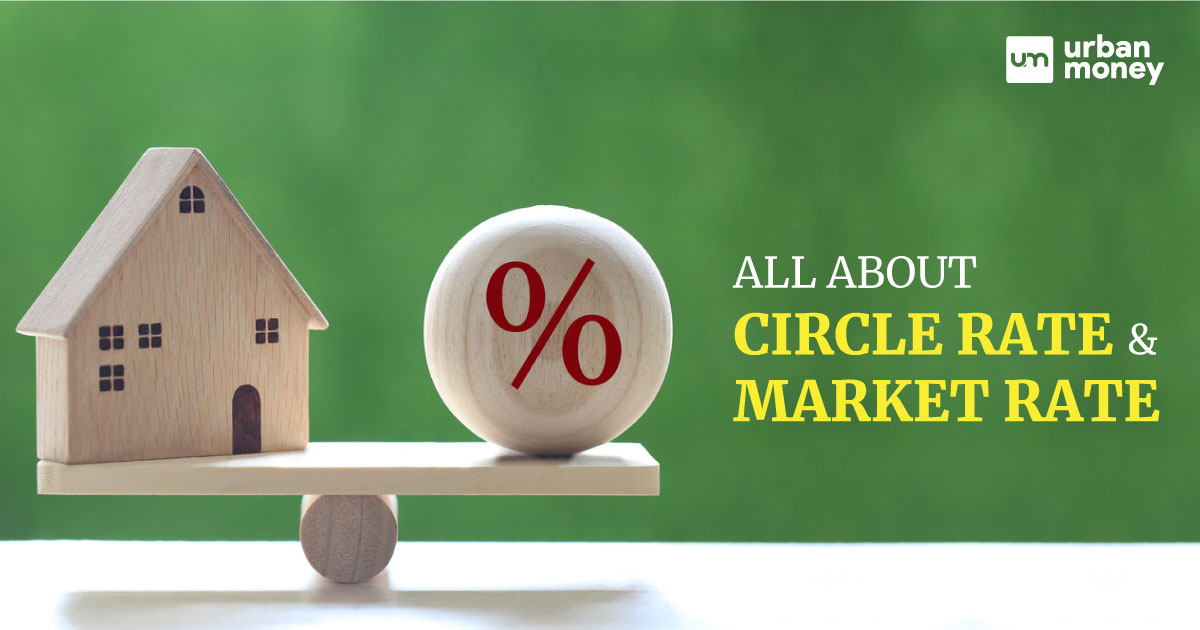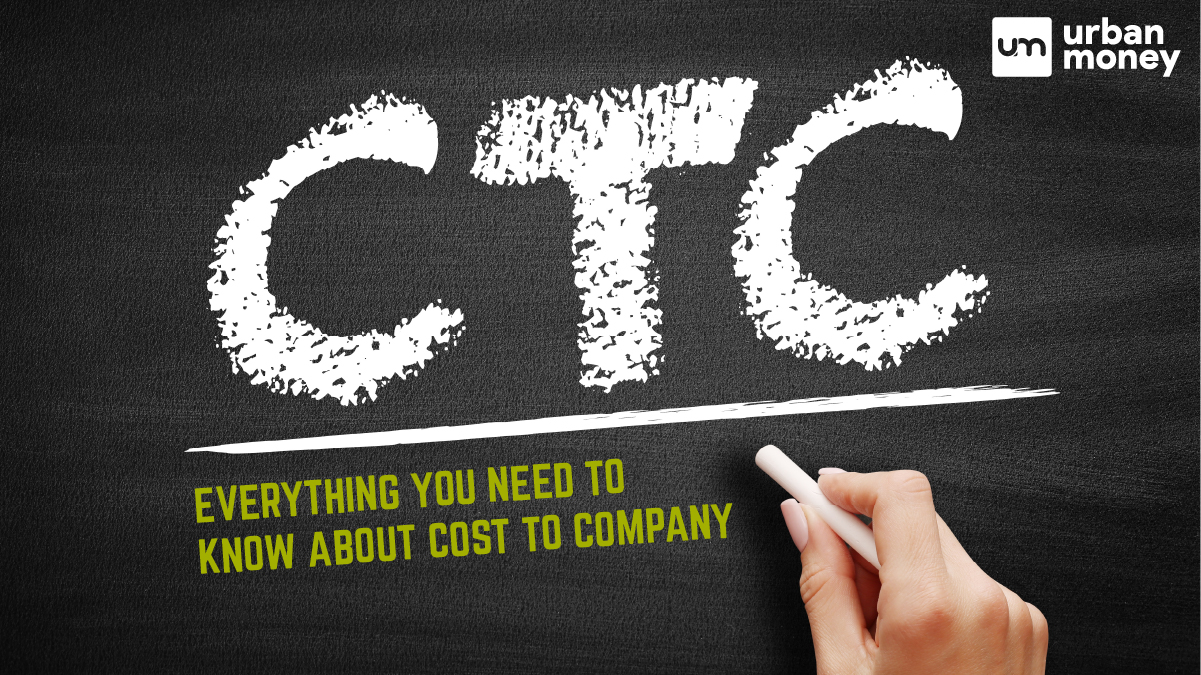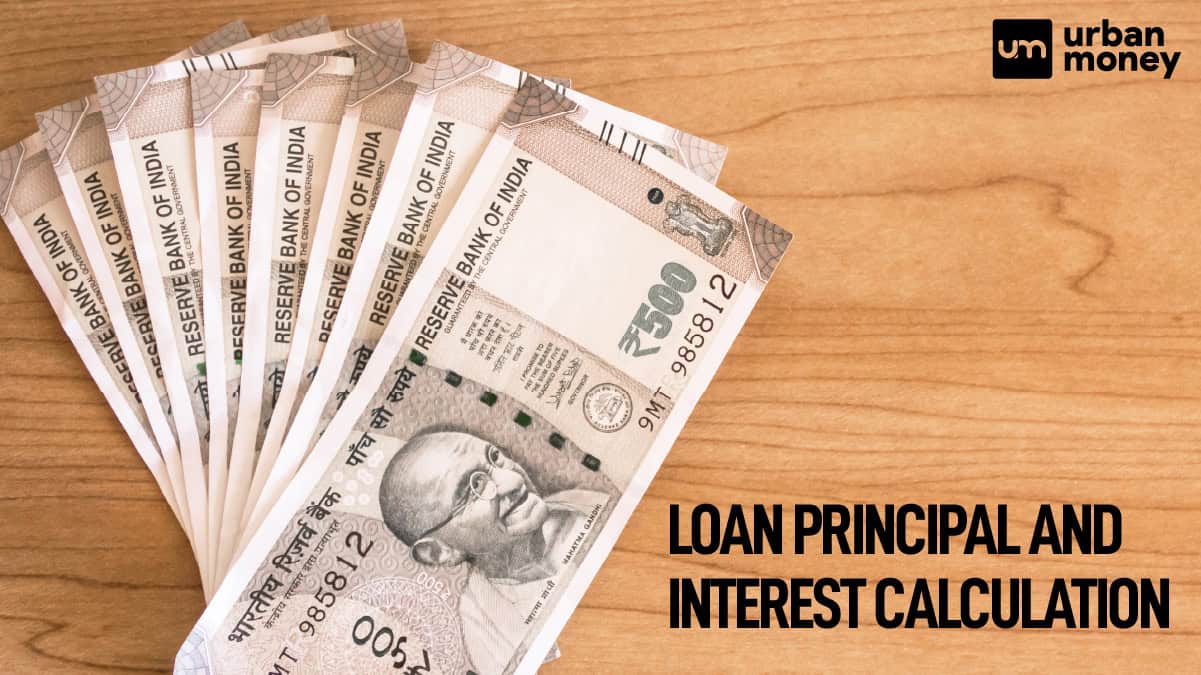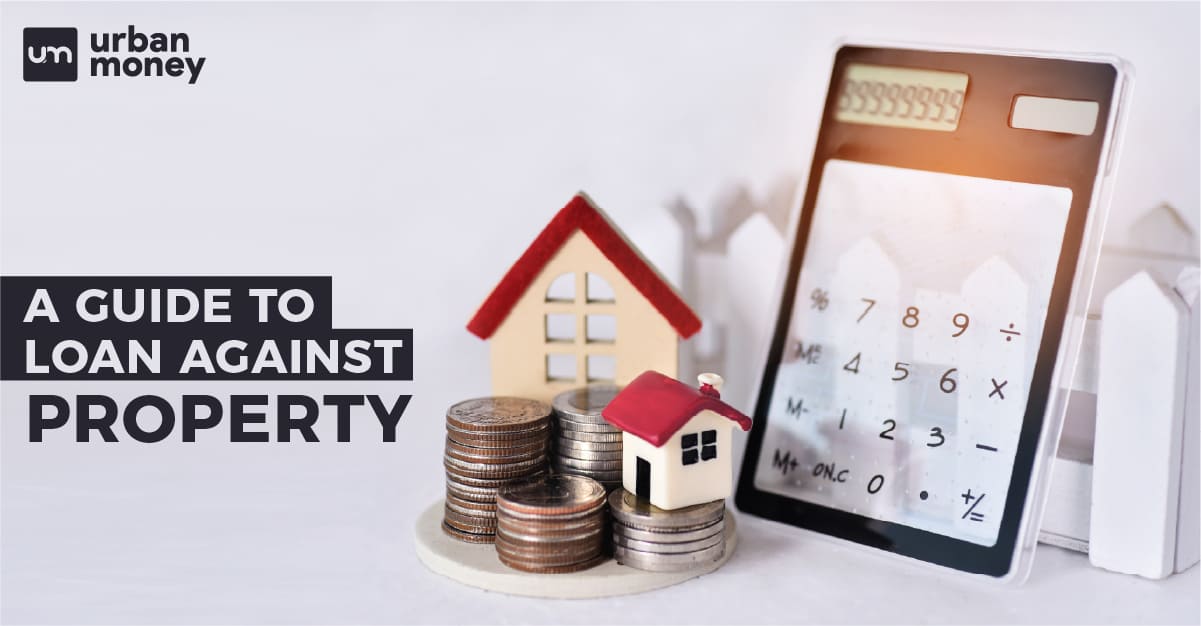Top 10 Best Private Banks in India List 2025
January 09, 2025
Home Loan Archive | Buying a Property: Get Familiar with Circle Rate and Market Rate

October 17, 2022


Are you planning to purchase a property or invest in one? Well, that can be a tricky task, but you can choose to make an informed real estate investment decision. To make an informed decision, you must get acquainted with several things, including rates. As an anticipated buyer or investor, you must understand the importance of ‘Circle rate’ and ‘Market rate. Albeit many of us must have heard or know about these, here, we’ll dig a bit deeper to get a better hold on them.
Without further ado, let’s start with what the circle rate is.
Table of Contents
ToggleThe circle rate is the minimal fee for transferring or selling an apartment, real-estate property, built-up house, or plot. This fee is decided by the State government (Revenue department) or local development authority. It is tentative and can vary across cities along with different localities. The circle rate of an area with schools, markets, good transportation networks, hospitals, and other pleasantries will be larger than a developing area.
Rohan Sharma, Senior manager of research & REIS, JLL India, points out that circle rates are a bit less than the actual market rates because they do not frequently vary, so they fall in line with the market price.
The market rate is the mutually finalized rate between buyer and seller to pay for the property at the time of acquiring its ownership. “Market rates are intended by the seller’s anticipation of price and the buyer’s preference to pay”, said Sunil Kapoor, Executive Director of Capri Global Capital.
For a better understanding, let’s consider an example.
Rajiv is planning to dispose of his house, which is located in a prominent locality in Mumbai. He will look upon the high desire for the locality, vicinity to places all around the city, and other civilities when deciding a price value for his house. A sale will occur when a buyer tends to pay as per Rajiv’s expectations. The rate which is mentioned on the sale agreement and exchanged between the two parties is the ‘Market Rate’.
So, regarding the above example, we clearly understand that the demand and supply determine the Market Rate. By demand and supply, we mean areas with high demand but low supply will inescapably attract higher prices than other areas with the vice-versa scenario.
Before one invests in purchasing a property, it is essential to know the difference between the circle rate and the market rate. Mostly, the Circle Rate is less than the Market Rate and has a subtle effect on each other.
Firstly, the Circle rate is decided by the State government or local authority, whereas the Market Rate correlates with the seller’s expectation perspective. Secondly, the Market rate is the actual value of such an asset for which a transaction occurs between two entities. In contrast, the Circle rate is the nominal fee for transferring ownership rights on any property like an apartment, plot, etc. One of the main reasons for black money transactions within the market is this higher variance between both rates.
You can find the Circle Rate of different cities by simply clicking on the website mentioned below:
| Sr. No | City | Official Website |
| 1 | Gurugram | gurugram.gov.in |
| 2 | New Delhi | eval.delhigovt.nic.in |
| 3 | Noida | gbnagar.nic.in |
| 4 | Faridabad | faridabad.nic.in |
| 5 | Agra | igrsup.gov.in |
| 6 | Kanpur | igrsup.gov.in |
| 7 | Dehradun | dehradun.nic.in |
Being well versed in the Circle Rate and Market Rate is crucial when looking into real estate. You can save substantial financial hassle if you properly grasp these two. Circle Rate and Market Rate will help you to understand your financial capability so that exploration and desire for a property within budget are easily acquired. In India, Circle Rates are not modified from time to time.
It frequently falls short in respect of market prices. No transaction can occur below the circle rates. Circle Rate is also crucial as they keep black money in check. Because of circle rates, no seller can mark a real estate property under unjustified pricing to evade taxes. Ergo, circle rate gives an idea of fair property pricing in any locality. Circle Rate and Market Rate are also quite helpful in acquiring a home loan. A home loan is provided based on the sales deed, and a minute gap between Circle Rate and Market Rate will be helpful to the buyer.
Let’s understand this calculation through an easy example:
A friend of yours or you, say, Kratika Agrawal, purchased a flat in the Haryana Urban Development Authority(HUDA) sector in Gurugram, where the circle rate is INR 5,100 per sq ft. Let’s consider that the flat has a carpet area of 1200 sq ft, so she has to pay a total of INR 61.2 lakhs. Now, the Government of Haryana levies a stamp duty of 5%, which means the payable stamp duty will be INR 3.06 lakhs. Along with this, the charge of INR 15,000 has to be paid as registration charges. The buyer has to pay these charges since the value of the flat is above INR 25lakhs. After calculation, the value comes out to be INR 64.41lakhs that Kratika has to pay while registering the flat.
You must consider certain things when the circle rate is higher than the market rate. Here is what you need to take care of:
To make property purchase easy, count on the following pointers:
(Red Flag: If a seller is trying to sell the property without stating some apparent facts during any transaction, you know that something might be fishy.)
Note: In some areas, circle rates might be higher than the market rates depending upon the property’s locality. You might be forced to pay slightly more stamp duty and registration charges than the typical areas.
| Related Resource |
| Home Loans For Women |
| Plot Loans for Land Purchase |
| Top Housing Finance Companies in India |
| Home Buying Tips |
| Top Home Loans |
Albeit both are related to property, circle rates are minimal fees levied by either state government or local authority at which the sale of a property or transfer happens between the two entities. Still, Market Value is the actual price of the property based on transaction prices in a locality.
Regardless of the debate about which property has been sold, if the rate of the property being sold is less than the Circle Rate, the circle rate would be counterfeited to be the levied Capital Gains Tax and Sale Price.
Land rates are helpful when considering the property's build-in land area. The market rate doubles if the planning authority increases the floor area ratio. So, unquestionably the floor ratio regulates the land value.
Yes, selling a house or property below the market value is possible, but only when one decides to invest in a new property to claim tax benefits as per Section 54 of the Income Tax Act. One can sell a property below market value when one invests capital gains from the property sold and invests in the property purchased to save tax.










© 2025 www.urbanmoney.com. All rights reserved.

Need Loan Assistance?

Thank you for showing your interest. Our agent will get in touch with you soon.
















